|
I was thinking about this, and I realized I have never featured a monkey as an Awesome Animal! It's time to remedy that. And it might as well be an unusual one that few people have heard of. What the heck is a Snub-Nosed Monkey? Snub-nosed monkeys live in Asia, including southern China, Vietnam, and Myanmar. There are about four species, and they are the only members of the genus Rhinopithecus. The name snub-nosed monkey comes from the fact that these creatures don't have much of a nose. The forward-facing nostrils are flat on the face. This is one of many adaptations for living in extremely cold habitats. Amazing facts about the Snub-Nosed Monkey Snub-nosed monkeys are one of the few types of monkeys that live in temperate areas (places with distinct seasons, including a cold winter). They typically live in the mountains. For example, the golden snub-nosed monkey will spend the summer months at altitudes of up to 13,000 feet (4,000 meters) in the mountains of Tibet. The snow cover can last six months in this area. Snub-nosed monkeys have relatively long hair, which covers their entire body except around the eyes and mouth. Even their hands are fur-covered, making it look like they are wearing mittens. And the flat snub-nose itself is thought to be an adaptation to sub-freezing temperatures (animals that live in cold climates have fewer protruding body parts that can freeze... shorter ears, stubby noses, etc.). Here is a golden snub-nosed monkey in its cold, mountainous habitat: The photo above shows a snub-nosed monkey on the ground, but this is actually rare in the wild, as these monkeys spend 97% of their time in trees. They eat in trees, sleep in trees, and socialize in trees. Speaking of socializing, these creatures are amazingly social. During the cold months of winter, they live in groups of about 30. But in the warmer months, they come together into troops of at least 200, and sometimes as many as 600! This seasonal forming and splitting of groups, called fission and fusion, is unusual among the other types of monkeys. Snub-nosed monkeys are ventriloquists. They can emit a wide range of calls without any visible movement of their mouths. This is mostly because of their unusually large nostrils. They are also extremely talented vocalists. They can produce 18 different types of calls, including calls that express affection or aggression, warning of danger, and contact calls specifically used when groups are joining together into larger troops. These monkeys also have a tendency to call in a chorus, in which numerous individuals call at the same time for several seconds. Check out this video that shows socialization behaviors. The golden snub-nosed monkey has the scientific name Rhinopithecus roxellana. The roxellana portion of the name comes from Roxelana, the concubine and wife of Süleyman the Magnificent, a 16th century Sultan of the Ottoman Empire. supposedly, Roxelana had reddish-gold hair and a snub nose. I wonder how she would have felt about having a monkey named after her? Snub-nosed monkeys are rather slow in their growth and reproduction. One dominant male will mate with numerous females, and then the gestation period is seven months. Females give birth to only one baby, and the young aren't weaned until a year later. The male young aren't ready to mate for seven years, whereas the females are ready in four to five years. Check out this baby golden snub-nosed monkey (they are gray as youngsters), a good candidate for the "cutest baby animal ever" award: Wait... most monkeys live in tropical areas and eat fruits and leaves (and sometimes insects). If snub-nosed monkeys live in the cold mountains, what the heck do they eat? Well, during the warmer months they are are able to eat pine needles and broadleaf leaves, as well as wild onions, grasses, flower buds, and some insects. When winter comes they feed on lichens and tree bark. Yummy... lichens and tree bark! And don't forget that there are at least four different species of snub-nosed monkeys (some scientists think there are five). The most commonly known is the golden snub-nosed monkey (several photos above). Unfortunately, for a long time it was thought that the fur of the golden snub-nosed monkey had medicinal qualities, in particular that it could prevent and cure rheumatism. And so government officials and other wealthy people would wear coats and hats made from the fur. As you can probably guess, this species has been almost decimated by hunting (which is no longer allowed). The population has also been harmed by harvesting the dead trees that provide them with most of the lichens they need to eat. And there is the black and white snub-nosed monkey, also known as the Yunnan snub-nosed monkey (pictured below). This species lives only in the southern China province of Yunnan. They live at the highest altitude of any other nonhuman primate... as high as 15,400 feet (4,700 meters). Brrr... very cold up there. And then we have the gray snub-nosed monkey, which is highly endangered, with a population of less than 750. They currently live only in Mount Fanjing National Nature Reserve in the Wuling Mountains in China. See below. And then we have the gray snub-nosed monkey, which is highly endangered, with a population of less than 750. They currently live only in Mount Fanjing National Nature Reserve in the Wuling Mountains in China. See below. You have to admit, these monkeys are pretty darn awesome, right? So, the snub-nosed monkey deserves a place in the B.K.A.H.O.F. (Bee's Knees Animal Hall of Fame). FUN FACT: Okay, this one's a bit of a stretch because the phrase the bee's knees is usually used as a noun, as in "Snub-nosed monkeys? Oh, they're the bee's knees." This phrase's meaning has changed a lot over the years. It was first recorded in the late 1700s, and at that time it was used to describe something very small and insignificant. And then at some point it became a nonsense expression, to describe something that didn't have any meaningful existence. Then during the jazz scene in America in the 1920s, people started to use it to mean excellent, along with other similar phrases such as "the cat's meow" and "the flea's eyebrows." So, if you are willing to use it as an adjective, the bee's knees is another way to say awesome! Photo Credits:
Golden snub-nosed monkey #1 - Nature Picture Library Golden snub-nosed monkey in mountains - Animal Spot Group of golden snub-nosed monkeys - Wang LiQiang via Zoo Portraits Baby golden snub-nosed monkey - Animal Spot Black (Yunnan) snub-nosed monkey - Earth.com Gray Snub-nosed monkeys - Ming Li via Phys.org
1 Comment
Brock McDonald
11/25/2022 03:09:22 pm
Last monkey is not Grey? Two grey black and white and the golden?
Reply
Leave a Reply. |
Stan's Cogitations
Everyone needs a creative outlet. That's why I write. Archives
July 2024
|


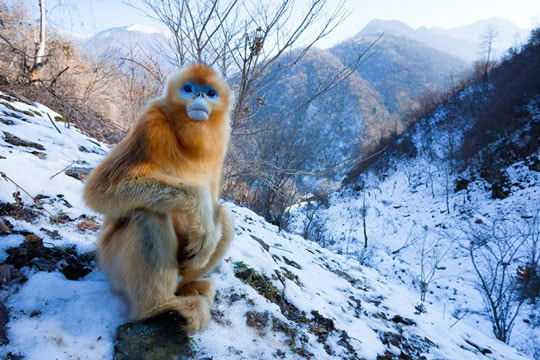
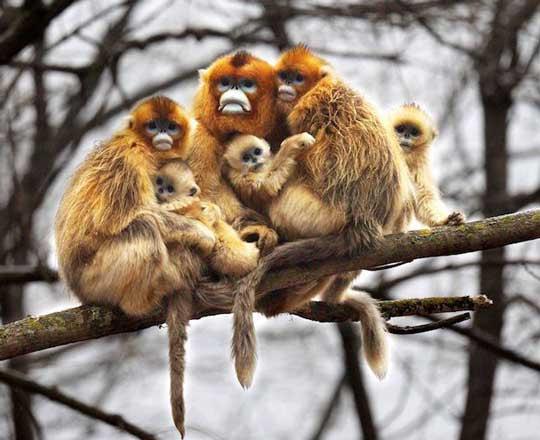
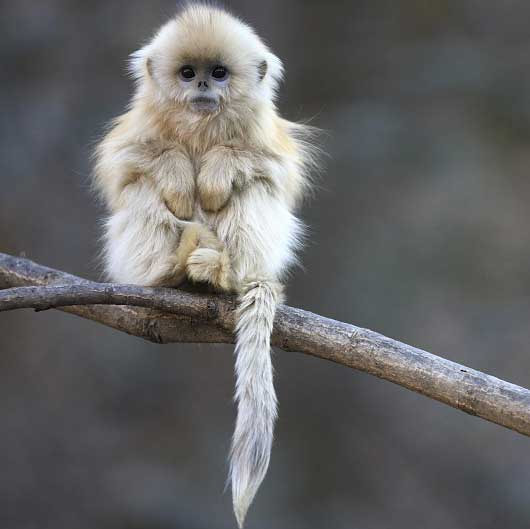
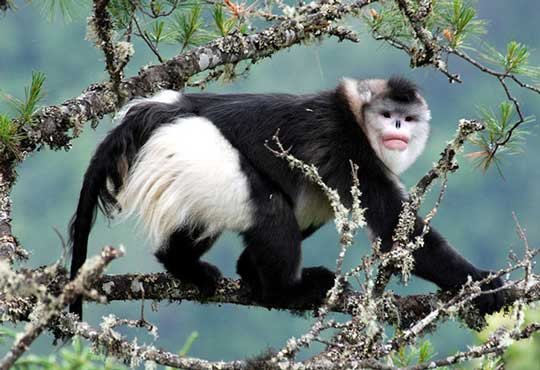
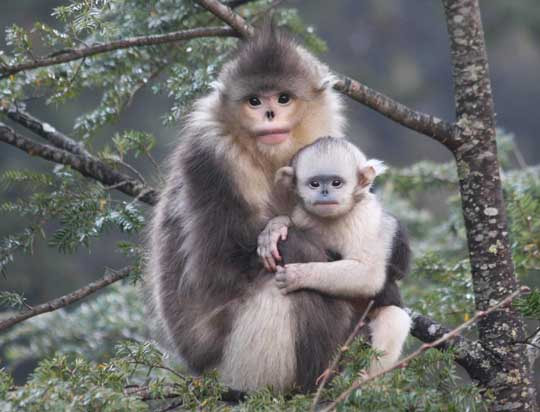

 RSS Feed
RSS Feed